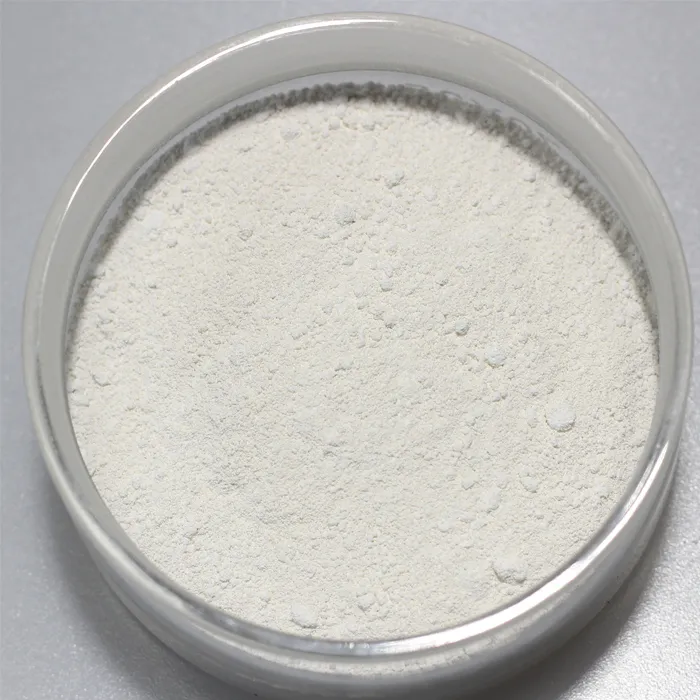Understanding the SDS Function in Gel Electrophoresis
Gel electrophoresis is a fundamental technique used in biochemistry and molecular biology for the separation of macromolecules, particularly proteins and nucleic acids. One of the key agents used in this process is sodium dodecyl sulfate (SDS), a powerful anionic detergent that plays a crucial role in protein separation. This article explores the function of SDS in gel electrophoresis, shedding light on its mechanism and significance.
What is SDS?
Sodium dodecyl sulfate (SDS) is an organic compound that acts as a surfactant, with a long hydrophobic tail and a negatively charged sulfate group. When SDS is added to a protein sample, it binds to the proteins in a specific manner, imparting a uniform negative charge to them. This characteristic is particularly important in the context of gel electrophoresis, where proteins need to be separated based on size rather than charge.
Mechanism of Action
The primary function of SDS in gel electrophoresis is to denature proteins. Denaturation refers to the process by which proteins lose their native structure due to the disruption of non-covalent interactions, such as hydrogen bonds and hydrophobic interactions. When a protein is treated with SDS, it unfolds into a linear form, and the bound SDS molecules coat the protein, ensuring that the negative charge is evenly distributed.
This is crucial because, without SDS, proteins of different sizes and shapes would migrate through the gel based on both size and net charge. The presence of SDS levels the playing field, allowing proteins to be separated solely by their molecular weight. Therefore, during electrophoresis, all proteins will experience the same electric field-driven force, enabling their separation based on size alone.
Impact on Gel Electrophoresis
sds function in gel electrophoresis

When a protein mixture is loaded into an SDS-polyacrylamide gel, the gel acts as a molecular sieve. As an electric current is applied, the negatively charged SDS-protein complexes migrate towards the positive electrode. Smaller proteins can move through the pores of the gel more easily than larger ones, leading to a separation based on size.
Typically, SDS-PAGE (polyacrylamide gel electrophoresis) is the most commonly used method for separating proteins. The resulting gel can be stained to visualize the separated proteins, allowing researchers to analyze the composition of samples, estimate molecular weights, and assess purity.
Applications of SDS-PAGE
SDS-PAGE has a wide range of applications in research and clinical settings. It is extensively used for protein analysis in various fields, including
1. Biotechnology SDS-PAGE is crucial for the characterization of recombinant proteins, ensuring their purity and correct molecular weight. 2. Proteomics Researchers use SDS-PAGE to profile complex protein mixtures, aiding in the identification of biomarkers for diseases. 3. Clinical Diagnostics SDS-PAGE can help in diagnosing conditions by separating and identifying specific proteins associated with diseases.
Conclusion
Sodium dodecyl sulfate (SDS) is an essential component in the gel electrophoresis technique, enabling the effective separation of proteins based on size. By denaturing proteins and providing a uniform negative charge, SDS ensures that electrophoretic mobility is dictated solely by molecular weight. This makes SDS-PAGE a powerful and widely used tool in the study of proteins, facilitating numerous scientific discoveries and advancements in molecular biology. Understanding the function of SDS not only illuminates the principles of gel electrophoresis but also underscores its significance in research and diagnostics.

